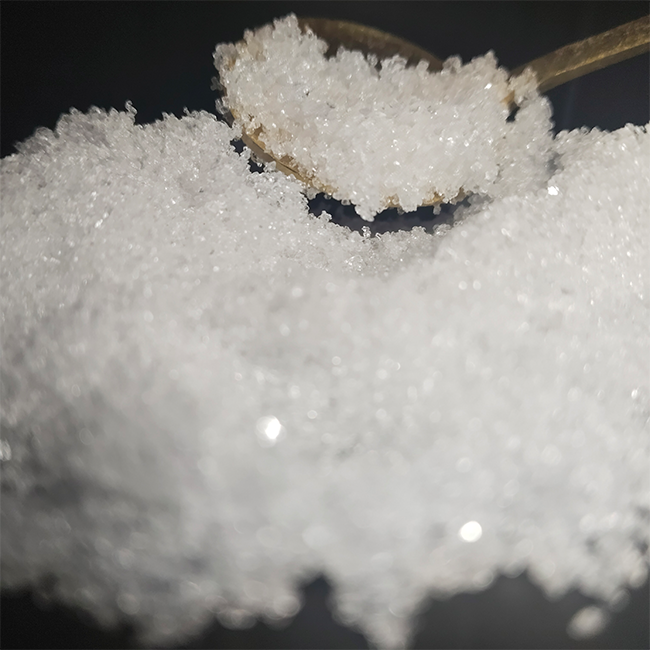Preparation of Potassium Phosphate Dibasic

Preparation of Potassium Phosphate Dibasic
Potassium Phosphate Dibasic (CAS 7758-11-4), as an important inorganic compound, has a wide range of applications in agriculture, industry, medicine and other fields. Its production and preparation process is directly related to the quality and cost of the product, this article will provide you with a systematic introduction to the preparation of Potassium Phosphate Dibasic.
1.Traditional Preparation Process
(1) Neutralization: the classic route to high purity
Neutralization method is the classic method for industrial production of Potassium Phosphate Dibasic, which mainly relies on the neutralization reaction between phosphoric acid and potassium salt. The process can be divided into the following steps:
Raw material pretreatment: High purity caustic potash (KOH) or potassium carbonate (K₂CO₃) is dissolved to a 30% concentration and filtered to remove solid impurities.
Neutralization reaction: In a corrosion-resistant reactor, 50% phosphoric acid solution is slowly added dropwise to the potash solution, the temperature is controlled at 90-100°C, and the end point of the reaction is monitored in real time by a pH meter (pH 8.5-9.0). The acid-base ratio needs to be precisely adjusted at this stage to avoid excessive phosphoric acid or potassium salt residue.
Concentration and crystallization: The reaction solution is heated to 120-124°C and concentrated, then cooled to below 20°C to precipitate crystals, which are centrifuged and dried to obtain the finished product, and the mother liquor can be recycled to improve the utilization rate of raw materials.
Advantages and limitations: Neutralization method is a mature process with high product purity (≥99%), which is especially suitable for the production of pharmaceutical and food grade products. However, it relies on high-purity phosphoric acid and potassium salt as raw materials, and the cost is high.
(2) Potassium carbonate method: cost-effective option for industrial-scale production
Potassium carbonate method replaces caustic potash with potassium carbonate, releasing carbon dioxide gas during the reaction, and the process is similar to the neutralization method:
Process optimization: Reduce the disturbance of carbon dioxide bubbles to the solution by controlling the reaction rate, and at the same time, it needs to be equipped with tail gas absorption device to avoid acidic gas emission.
The raw material cost of this method is lower than the neutralization method, but need to deal with carbon dioxide emissions, and the product purity is slightly lower (usually 98%-99%), more suitable for the production of industrial-grade products that do not require stringent purity.
2. New environmentally friendly processes
(1) Compound decomposition method: a green path for agricultural grade products
Complex decomposition method prepares dipotassium hydrogen phosphate through the replacement reaction between sodium dihydrogen phosphate and potassium chloride, and the by-product sodium chloride can be recycled and utilized.
This method has low investment in equipment and no three-waste pollution, but the purity of the product is low (≥92%), which is mainly oriented to the agricultural market. For example, an agrochemical enterprise co-produces dipotassium phosphate and compound fertilizer through the compound decomposition method, with an annual treatment of 50,000 tons of waste liquid and a 20% increase in comprehensive income.
The production and preparation process of Potassium Phosphate Dibasic requires comprehensive consideration of product quality, cost control and environmental requirements. Neutralization method is still the mainstream method due to its mature process and simple equipment; compound decomposition method has obvious advantages in terms of environmental protection and cost.
dibasic potassium phosphate other name
potassium phosphate dibasic synonym
is dipotassium phosphate bad for you
dipotassium phosphate safety data sheet
what is dipotassium phosphate in food
potassium phosphate monobasic vs dibasic
potassium phosphate safety data sheet
dipotassium phosphate side effects